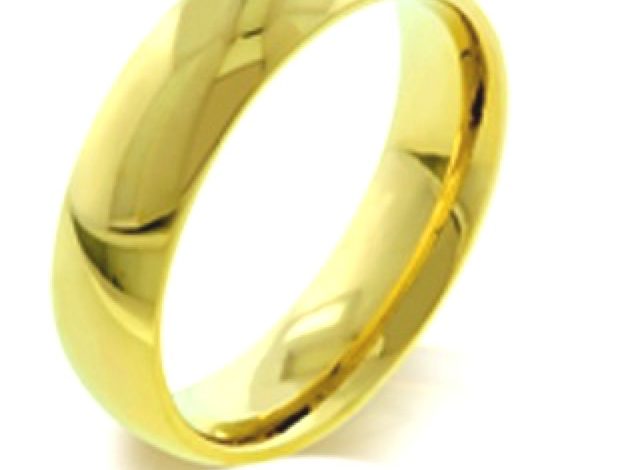Stand-alone gold marks banned on bonded gold

“Ever increasing gold prices are driving significant changes in the UK fine jewellery trade, one such trend being the introduction of bonded gold, and an increase in gold-plated and rolled gold products coming into the market. Bonded gold items are produced with a thick layer of gold alloy bonded onto a base metal or sterling silver core.







